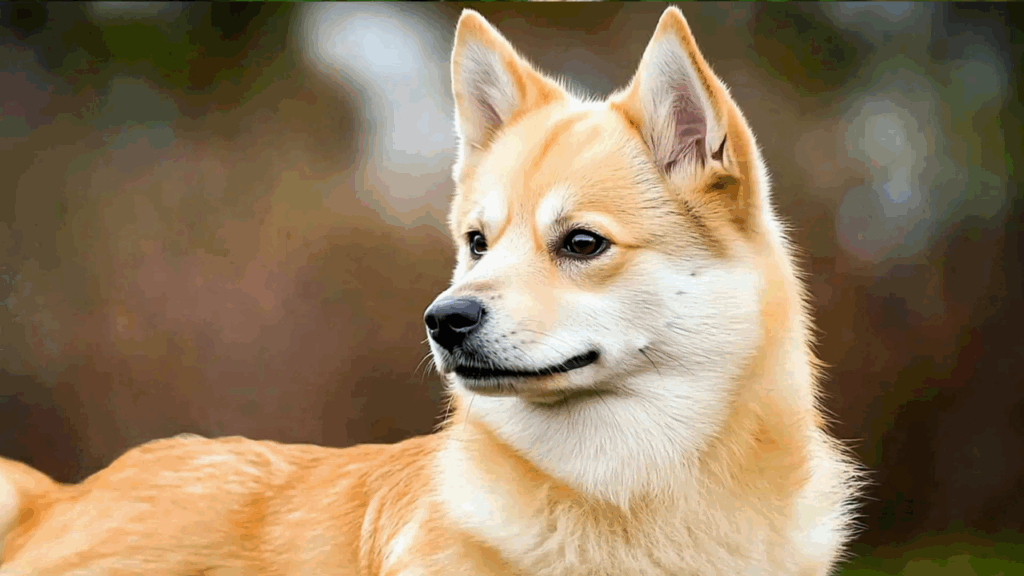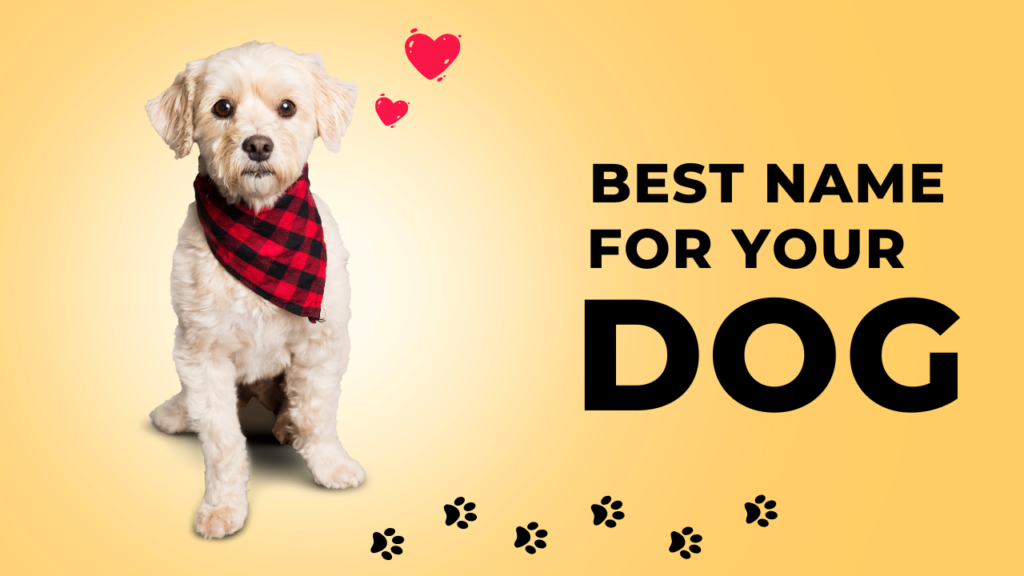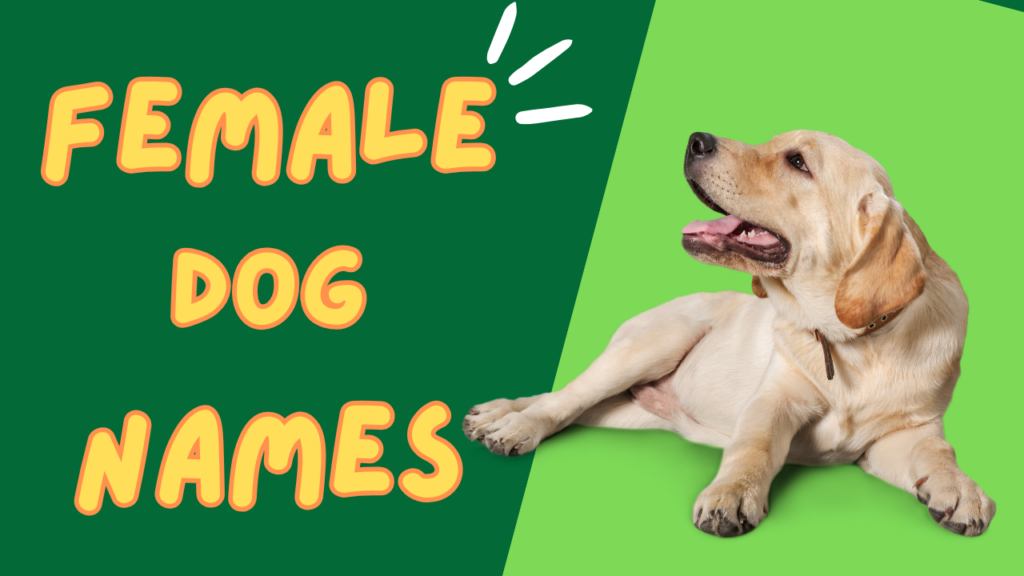The Norwegian Buhund is a versatile and spirited breed, known for its cheerful personality, intelligence, and agility. Originating from the rugged terrain of Norway, this breed served as an all-purpose farm dog, excelling in herding livestock, guarding property, and assisting with everyday tasks. With its fox-like face, thick double coat, and curled tail, the Buhund is not only attractive but also embodies centuries of hard work and loyalty.
In recent years, the Norwegian Buhund has gained recognition beyond its homeland as an energetic family companion and a strong competitor in dog sports. This article explores the breed’s history, characteristics, temperament, care needs, and suitability as a pet.
History and Origins
The Norwegian Buhund traces its roots back over a thousand years to the age of the Vikings. Archaeological discoveries at Viking burial sites have unearthed remains of Buhund-like dogs, indicating that these animals were highly valued by their human companions. The word “Bu” in Norwegian means “homestead” or “farm,” and “hund” means “dog,” so the name Buhund roughly translates to “farm dog.”
Traditionally, Buhunds were used in the western coastal regions of Norway to herd sheep, protect property, and even serve as watchdogs. Their strong herding instincts and high energy made them indispensable on rural farms. Today, the breed still maintains much of its original working drive while also thriving as a loving companion.
Appearance
The Norwegian Buhund is a medium-sized spitz-type dog, easily recognizable by its upright ears, curled tail, and thick coat. Its appearance is both functional and charming.
- Size: Males typically stand about 17 to 18.5 inches tall and weigh between 31 to 40 pounds. Females are slightly smaller, averaging 16 to 17.5 inches in height and 26 to 35 pounds in weight.
- Coat: The double coat is dense and weather-resistant, perfectly suited to the harsh Scandinavian climate. It is shorter on the head and front of the legs and longer on the body and thighs.
- Color: Common coat colors include wheaten (a pale gold to yellowish-tan) and black, with or without white markings.
- Tail: The Buhund’s tail is tightly curled over the back, a hallmark of spitz breeds.
Its overall expression is keen, alert, and friendly—a reflection of its intelligence and approachable nature.
Temperament and Personality
Norwegian Buhunds are known for their bright, friendly, and energetic personalities. They are affectionate with their families and especially good with children, making them ideal family pets for active households.
- Loyal and Loving: Buhunds form strong bonds with their families and thrive on human interaction. They do not do well in homes where they are left alone for long periods.
- Intelligent and Trainable: One of the breed’s standout traits is its intelligence. Buhunds learn quickly and respond well to positive reinforcement. They often excel in obedience training, agility, rally, and even canine freestyle (dog dancing).
- Energetic and Playful: This is a high-energy breed that needs regular mental and physical stimulation. Without it, they can become bored and destructive.
- Vocal and Alert: Norwegian Buhunds are naturally alert and may bark to announce strangers or unusual activity. While this makes them excellent watchdogs, training to manage barking is important for peaceful coexistence with neighbors.
Exercise and Activity Needs
Being a working breed, the Buhund needs daily exercise to remain healthy and happy. Long walks, playtime in a secure yard, or participation in dog sports are all great outlets for their energy.
Puzzle toys and obedience training can help satisfy their mental needs. A bored Buhund may resort to undesirable behaviors such as digging, chewing, or excessive barking.
Grooming and Maintenance
The Norwegian Buhund’s coat is relatively low-maintenance. Regular brushing—about once or twice a week—helps control shedding and keeps the coat in good condition. During seasonal shedding (spring and fall), more frequent brushing may be required.
Bathing is only needed occasionally, as the coat is naturally clean and odor-resistant. Routine care such as ear cleaning, nail trimming, and dental hygiene should also be part of the grooming routine.
Health and Lifespan
The Norwegian Buhund is generally a healthy and robust breed with a lifespan of 12 to 15 years. However, like all breeds, they may be prone to certain genetic health issues, including:
- Hip dysplasia
- Eye conditions such as cataracts
- Von Willebrand’s disease (a bleeding disorder)
Responsible breeders screen for these conditions, and regular veterinary checkups will help keep the dog in optimal health.
Is the Norwegian Buhund Right for You?
The Norwegian Buhund is best suited to active individuals or families who can meet its physical and mental needs. This breed thrives in environments where it can be involved in daily activities and given a job to do—whether herding animals, participating in dog sports, or simply accompanying its owners on hikes and runs.
Not ideal for sedentary lifestyles or apartment living without ample exercise, the Buhund shines in homes that understand its working roots and are prepared to offer firm, consistent training and companionship.
In return, the Norwegian Buhund offers loyalty, joy, and an unbreakable bond that reflects its heritage as the all-purpose farm dog of the Vikings.



